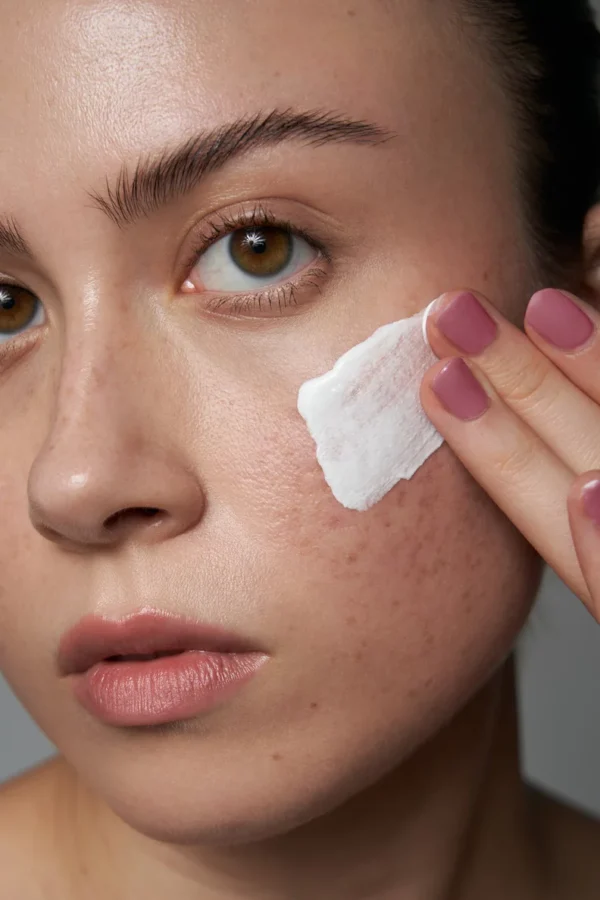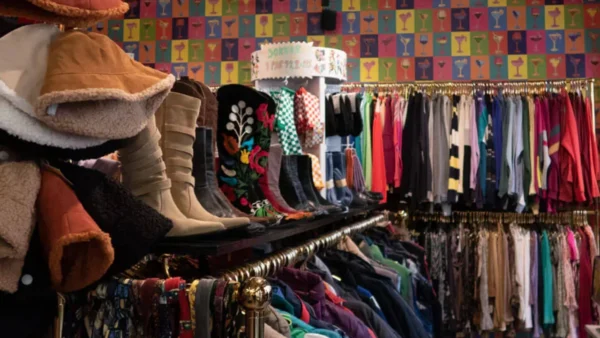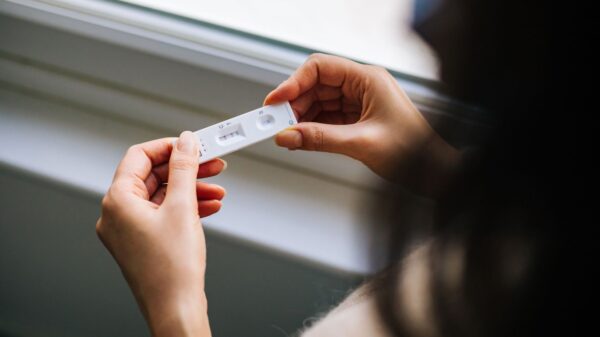
Scar Truths: Separating Myths from Facts for Better Healing

Scars remind us of past adventures and mishaps like life’s little bookmarks. While almost everyone will spot a scar or two, there’s a surprising amount of confusion and misinformation about how they form and the best ways to care for them.
From old wives’ tales about vitamin E to myths about sun exposure enhancing healing, it’s time to set the record straight. In this article, we’ll debunk the most common scar myths and arm you with evidence-based insights to treat and prevent scars effectively. We’ll also touch on options like scar revision surgery for those looking to minimise their scars professionally.
Myth #1: Applying Vitamin E to a Scar Will Make It Disappear
It’s a popular notion that dabbing a bit of vitamin E on a scar can make it vanish. However, despite its reputation as a healing agent, there’s little scientific backing to support its effectiveness in scar treatment. Some studies have shown that vitamin E can cause skin irritation or allergic reactions, potentially worsening the scar’s appearance.
Fact: Keeping a scar hydrated and providing proper wound care is far more beneficial for its appearance. Silicone-based gels or sheets, in particular, have been proven to help reduce scarring effectively.
Myth #2: The Sun Helps Fade Scars Over Time
Many believe that letting the sun work its magic can help heal or fade scars faster. Unfortunately, the opposite is true. Sun exposure can darken scars, leading to hyperpigmentation that can make them more noticeable and potentially permanent.
Fact: Protecting your scar from the sun minimises its visibility. Using sunscreen or covering scars with clothing helps prevent UV rays from damaging the scar tissue and causing further darkening.
Myth #3: Scars Are Permanent and Nothing Can Be Done About Them
The resignation that scars are an unchangeable life sentence is widespread. While it’s true that scars cannot be wholly erased, modern dermatological advances offer several treatments that can significantly reduce their visibility.
Fact: Therapeutic options like laser therapy, microneedling, silicone sheets, scar revision surgery, and cortisone injections can all enhance the texture, colour, and prominence of scars, offering hope for those seeking improvement.
Myth #4: Home Remedies Like Lemon Juice or Honey Can Heal Scars
Home remedies like lemon juice, honey, or coconut oil are often celebrated for their natural healing powers. However, their effectiveness in scar treatment lacks substantial scientific support. Lemon juice, for instance, can irritate the skin and exacerbate pigmentation issues.
Fact: The most effective scar treatments are those backed by clinical evidence, such as over-the-counter silicone creams or professional treatments administered by dermatologists.
Myth #5: Scarring Is the Same for Everyone
Another myth that needs debunking is that everyone scars similarly. The truth is that several factors influence how your skin heals and scars, including age, skin type, genetics, and the location of the injury.
Fact: Younger skin may heal faster but can scar more prominently due to robust collagen production, whereas older skin often results in less conspicuous scars. People with darker skin tones may be more prone to developing hyperpigmented or keloid scars.
Myth #6: Scratching a Healing Scar Makes It Worse
It’s a widespread belief that scratching a scar as it heals will exacerbate its severity or worsen its appearance. While scratching can indeed disrupt the delicate healing process and increase the likelihood of infection, it doesn’t inherently cause scars to become larger.
Scratching might seem like a temporary relief, especially when a healing wound itches, but this action can actually remove the protective scab that covers the new tissue. This removal not only exposes the wound to potential contaminants that could lead to infection but may also delay healing and cause the wound to reopen. These complications can exacerbate the inflammation response, leading to more pronounced scarring.
Fact: It’s advisable to refrain from scratching healing wounds. If itching persists, it may be helpful to apply a moisturiser approved by your healthcare provider or use a cool compress for relief. By keeping the healing area clean and intact, you can significantly reduce the risk of infection and ensure the scar heals in the least conspicuous way possible.
Myth #7: Scars Will Always Fade Naturally Over Time
There’s a common belief that scars will inevitably fade on their own given enough time. Although some scars become less noticeable with time, not all wounds will significantly fade without intervention.
Fact: The process of scar fading can take months or even years, and some types, such as hypertrophic scars or keloids, may become more pronounced. Active treatments like laser therapy or silicone sheets are often needed to improve the appearance of scars more effectively than simply waiting.
Conclusion
While scars are a natural part of the healing process, there are effective ways to minimise their appearance and prevent them from becoming more severe. If you’re concerned about a scar or how to care for one, it’s wise to seek personalised advice from a dermatologist or skincare professional. With the proper care, scars can become a subtle reminder of our past rather than a focal point.
Moreover, understanding the truth about scar care empowers us to manage our skin’s health proactively. By dispelling myths and applying evidence-based treatments, we improve the appearance of scars and boost our confidence and comfort in our skin. This knowledge allows us to embrace our bodies fully, recognising that each mark is part of a larger story of resilience and survival.














































